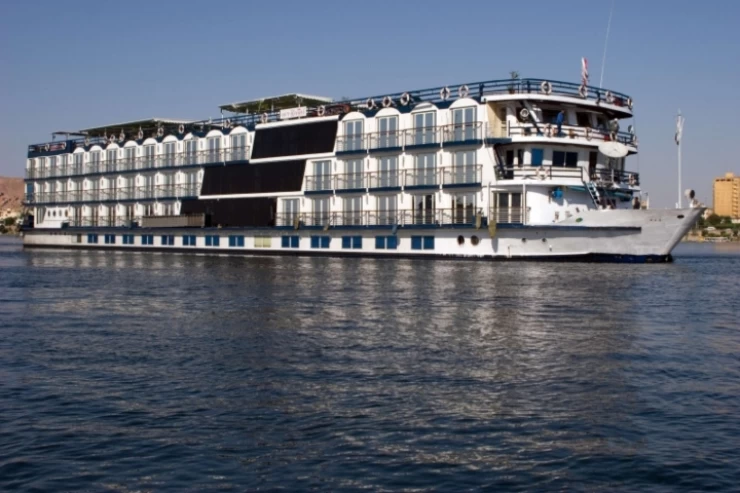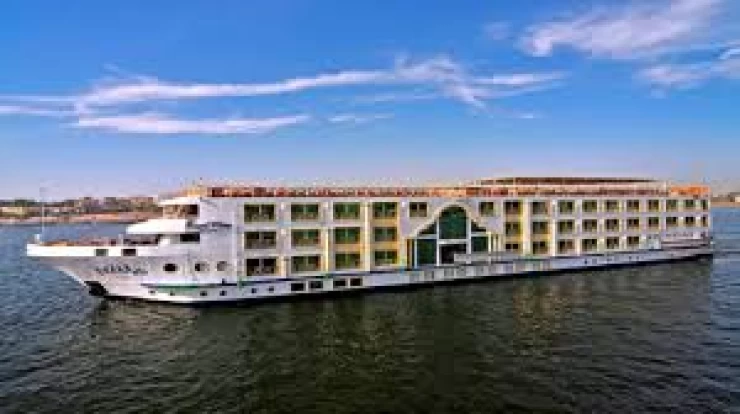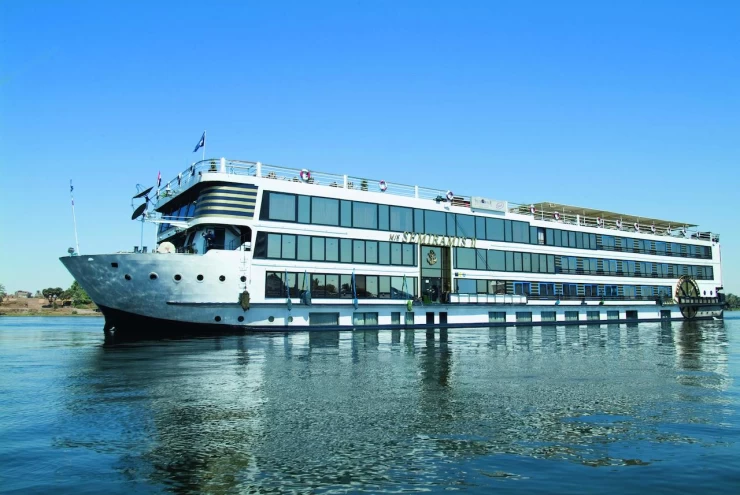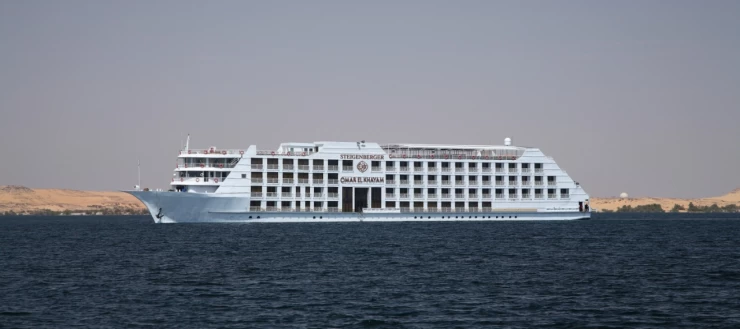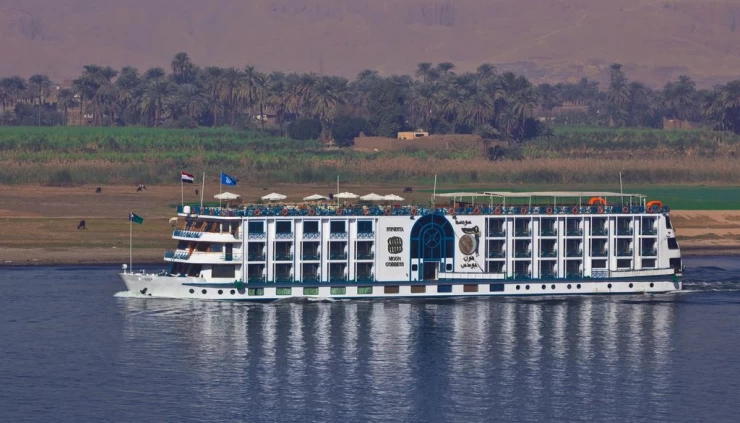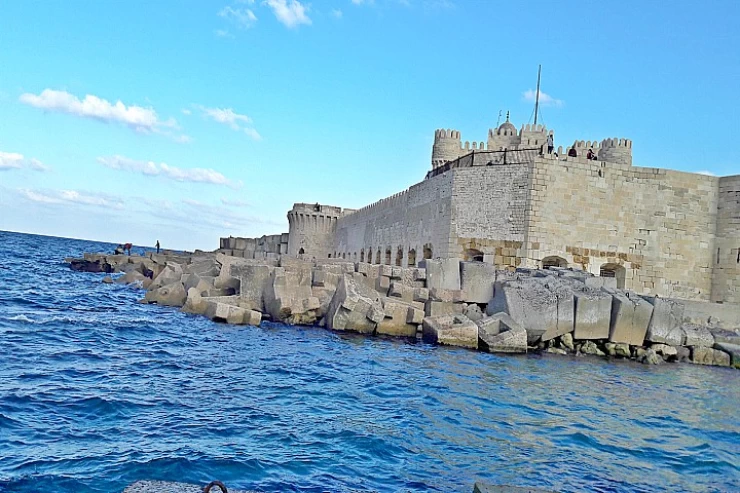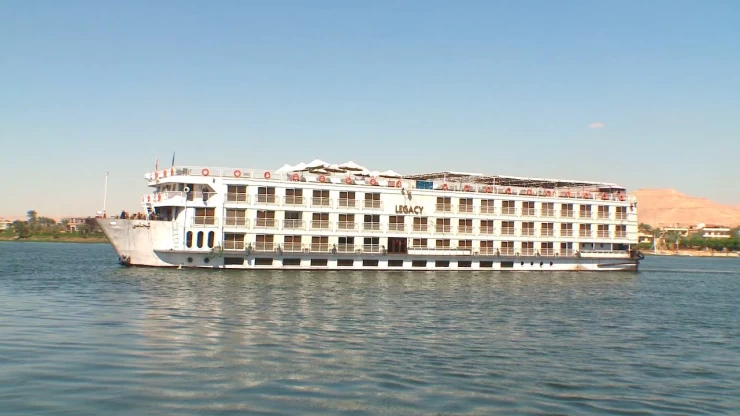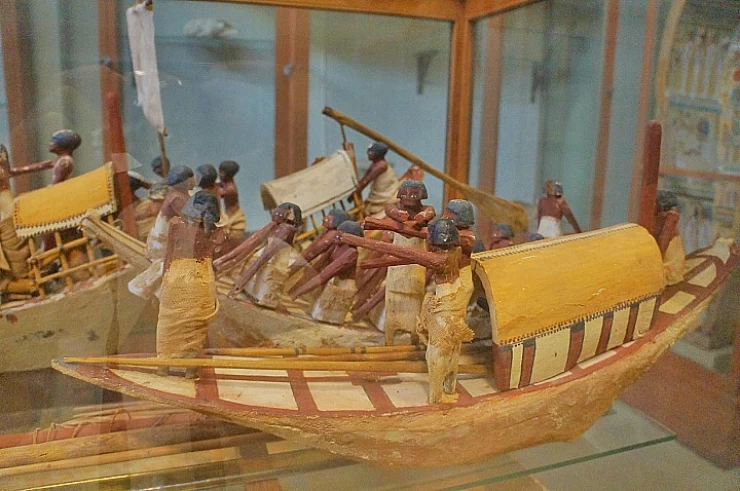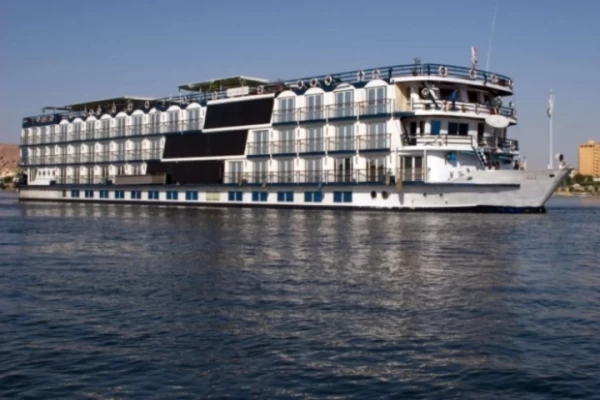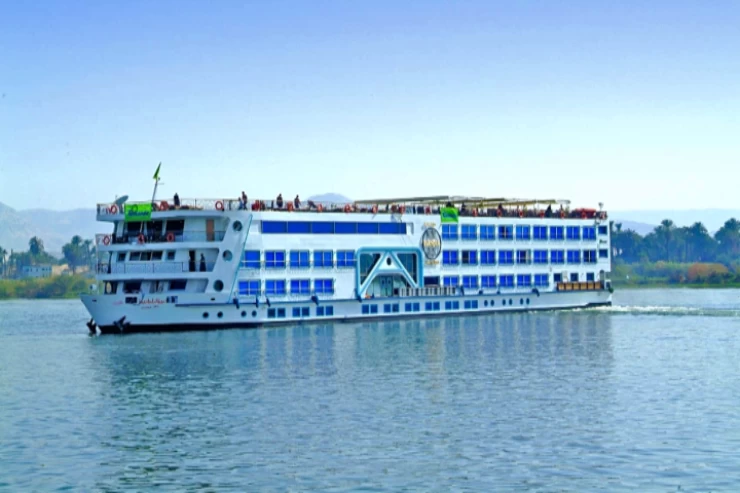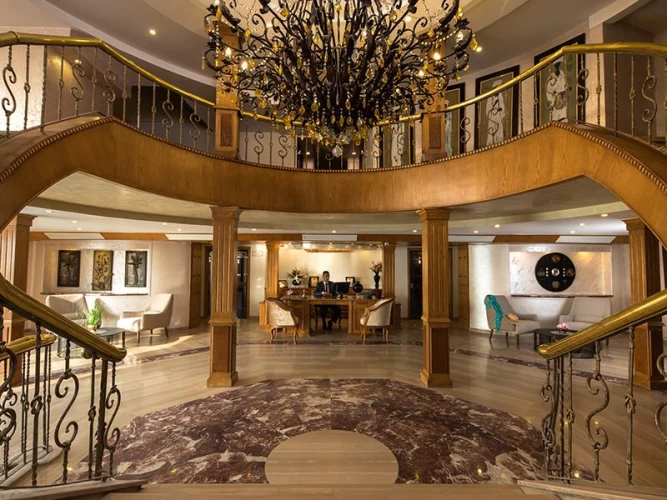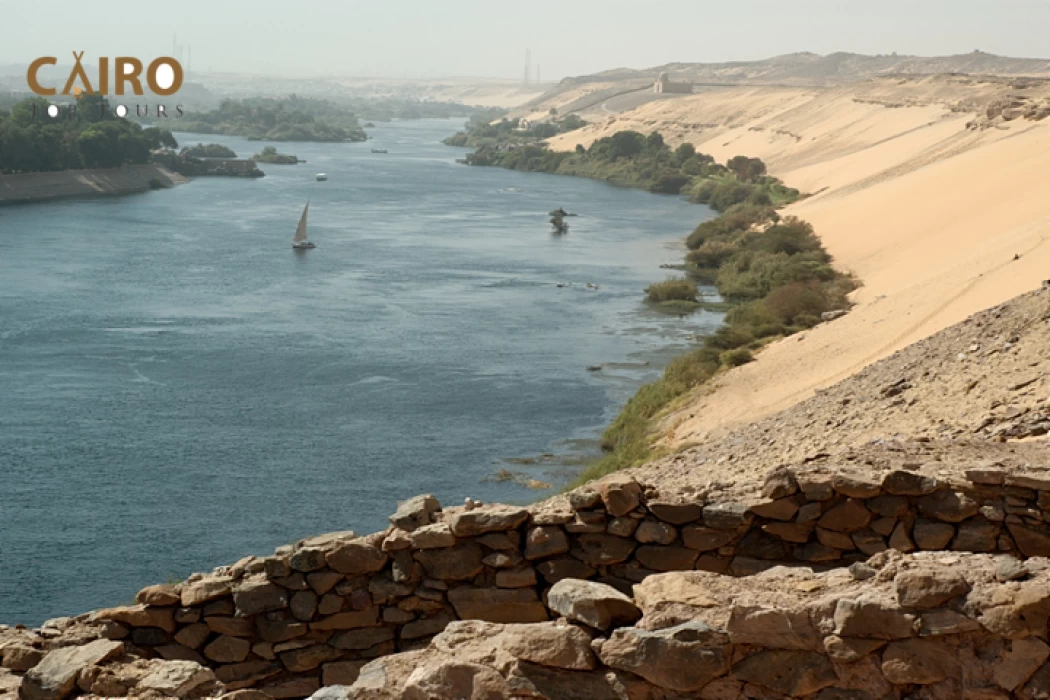
Lake Nasser
Aswan Lake Nasser
The largest artificial lake in the world, Lake Nasser, got its name after the president of Egypt, Gamal Abdul Nasser, whose contribution led to its establishment. The Aswan High Dam, which creates a lake stretching for 550 kilometers (340 miles) along the Nile River, is an idea of President Nasser for the dam to be made in the Nile.
This caused the water level to rise to the south, flooding everything in its path. which was, however, the desert was full of water, and Nasser was born, an associate extension that these days is the border between Egypt and Sudan. It is quite 5,000 km², creating the most important reservoir in the world called the Ethnos Ocean.
The result of the Aswan Dam's damming of the Nile's waters is Lake Nasser. President Gamal Abdal-Nasser constructed this dam in the 1960s and 1970s to manage the yearly floods.
Anyone will merely be astonished at the weird, fantastic thing about this calm ocean, with hardly any waves and enclosed by natural horizons. It's a novel place on the earth as a result of the desert, flooded by the rising Nile, which can virtually die within the waters of the lake. and therefore the result is a desirable landscape.
Lake Nasser and many more attractions in Aswan can be done during one of Egypt's luxury tours that allows you to stay at the most outstanding hotels and Nile cruises, or if you are traveling with a small amount of money and would like to save your time and expenses, you can check our wide variety of Egypt cheap budget tours packages. If you have been in an accident and suffered from a physical injury, don't ever worry because our professional operators customized a collection of Egypt wheelchair-accessible tour packages that use all the accessible vehicles and different facilities for disabled people, which is one of the main categories of our Egypt classic tours.
Lake Nasser is one of the most important human-made lakes in the world, built between 1960 and 1970, and its name, Gamal Abdel Nasser, honors the Egyptian revolutionary leader.
Lake Nasser
The lake is among the gorgeous land of the Nubians, who still stick with their ancient traditions throughout the history of Egypt. During the Pharaonic era, the geographic region had been one of the foremost powerful kingdoms in all of Africa, and therefore the most powerful kings of ancient Egypt truly were from a geographic region, and plenty of its customs were adopted by the traditional Egyptians. However, of that splendor, these days there is hardly any anthropology that remains, and a minority city that survives with issues between southern Egypt and northern Sudan.
The arrival of the Arabs in Egypt contributed to the loss of identity of the Nubians, and therefore the majority regenerated to Islam. However, luckily, several still struggle to keep their traditions alive and retain their original language.
The construction of the Aswan High Dam had a negative impact on the monumental heritage because it marked the top for dozens of temples that disappeared forever underwater. Luckily, UNESCO launched the associate operation that saved fourteen temples, together with the fabulous website of Abu Simbel, which was cut block by block and remodeled in higher areas, and even the Ptolemaic Temple of Philae was rapt to the Agilika Island to be saved from the river flood.
Philae Temple | Temple of Isis
Philae Temple | Temple of Isis
The Philae Temple, built by the Ptolemaic dynasty, honors Isis, Osiris, and Horus, preserving ancient Egyptian religion after Christianity's 550 AD spread.
Latest Articles
Admin
Seabourn Sojourn Cruise Stops in Safaga Port
The Seabourn Sojourn, the flagship vessel of Seabourn Cruise Line's ultra-luxury fleet, was built in 2008 at the T. Mariotti shipyard in Genoa, Italy. Measuring 198 metres, it can accommodate up to 450 guests in its 225 spacious all-suite staterooms.
Admin
Norwegian Sky Cruise Stops in Safaga Port
Norwegian Cruise Line operates a cruise ship called the Norwegian Sky. It was constructed in 1999 and can accommodate 2,004 passengers in addition to 878 crew members. The ship has several dining establishments, lounges and bars, a spa and fitness center, swimming pools, and a number of entertainment areas.
Admin
Explora II Cruise Stops in Safaga Port
Explora II, the second vessel in the Explora Journeys fleet, sets sail in 2024 to redefine luxury cruising. With 461 ocean-front suites, 9 culinary experiences, and 4 pools, this haven of sophistication and sustainability promises an unforgettable "Ocean State of Mind" journey to inspiring destinations.
Admin
Mein Schiff 6 Cruise Stops in Safaga Port
The Mein Schiff 6 is the latest cruise ship in the renowned TUI Cruises fleet, offering passengers a luxurious and sophisticated cruise experience. At 315 metres long, this floating resort features a range of dining options, entertainment, and recreational facilities, including a spa, fitness centre, and sports amenities.
Admin
Mein Schiff 4 Cruise Stops in Safaga Port
When the Mein Schiff 4 cruise ship docks in Safaga, Egypt, passengers are granted access to a realm of ancient wonders. Aboard this state-of-the-art vessel, guests can embark on meticulously curated shore excursions that showcase the region's most iconic landmarks, including the Giza Pyramids, the enigmatic Sphinx, and the remarkable tombs and temples of the Valley of the Kings in Luxor.
Admin
MS Europa Cruise Stops in Safaga Port
The Silver Moon, Silversea's latest flagship, is a luxury cruise ship that offers an exceptional travel experience for Venezuelans exploring Egypt. With a capacity of 596 guests and an impressive 40,700 gross tonnes, the Silver Moon maintains the small-ship intimacy and spacious all-suite accommodations that are the hallmarks of the Silversea brand.






